Subtotal: 199,17€ (incl. VAT)
The return of pneumatic tubes
Pneumatic tubes were touted as something that would revolutionize the world. In science fiction, they were envisioned as a fundamental part of the future—even in dystopias like George Orwell’s 1984, where the main character, Winston Smith, sits in a room peppered with pneumatic tubes that spit out orders for him to alter previously published news stories and historical records to fit the ruling party’s changing narrative.
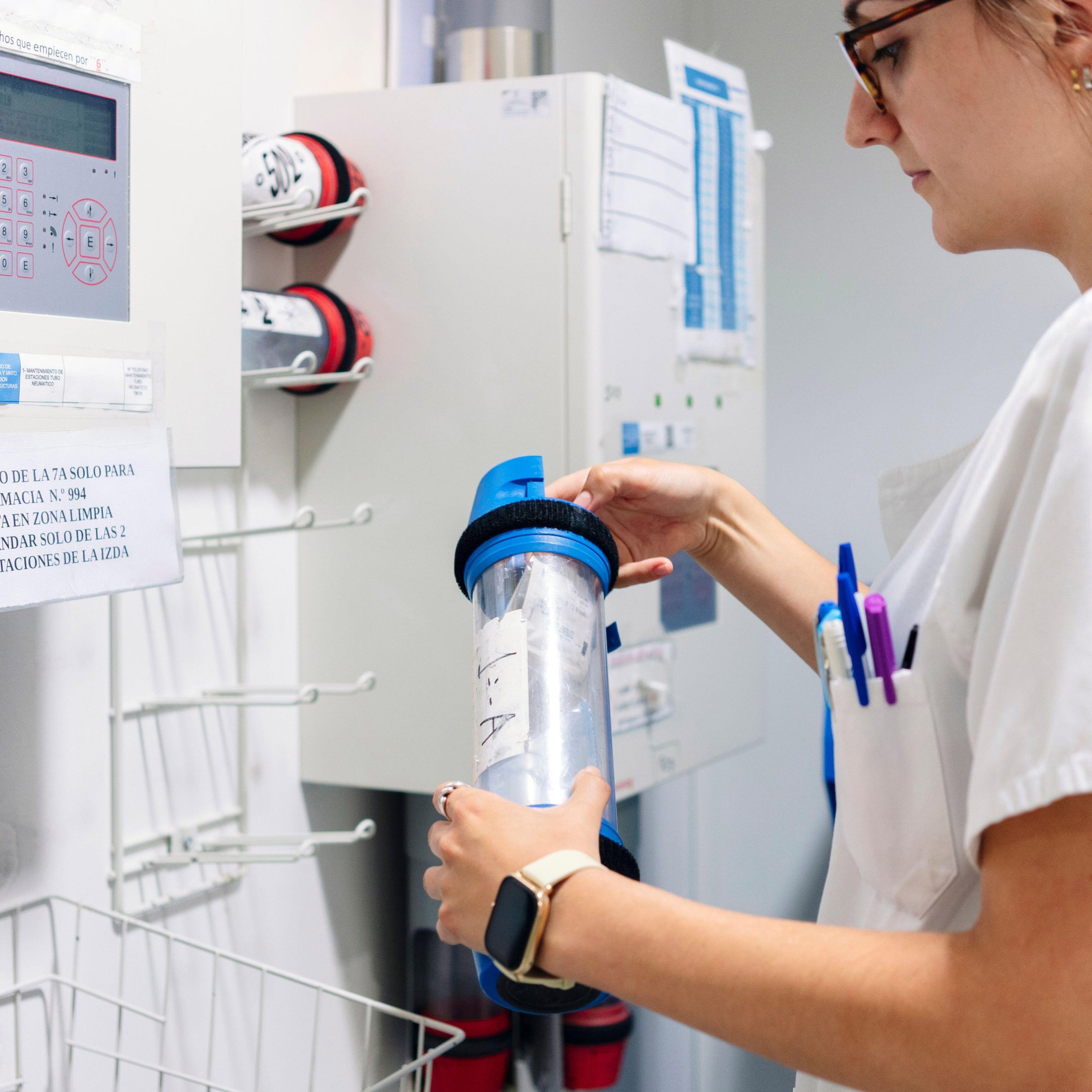
ALAMY
In real life, the tubes were expected to transform several industries in the late 19th century through the mid-20th. “The possibilities of compressed air are not fully realized in this country,” declared an 1890 article in the New York Tribune. “The pneumatic tube system of communication is, of course, in use in many of the downtown stores, in newspaper offices […] but there exists a great deal of ignorance about the use of compressed air, even among engineering experts.”
Pneumatic tube technology involves moving a cylindrical carrier or capsule through a series of tubes with the aid of a blower that pushes or pulls it into motion. For a while, the United States took up the systems with gusto. Retail stores and banks were especially interested in their potential to move money more efficiently: “Besides this saving of time to the customer the store is relieved of all the annoying bustle and confusion of boys running for cash on the various retail floors,” one 1882 article in the Boston Globe reported. The benefit to the owner, of course, was reduced labor costs, with tube manufacturers claiming that stores would see a return on their investment within a year.
“The motto of the company is to substitute machines for men and for children as carriers, in every possible way,” a 1914 Boston Globe article said about Lamson Service, one of the largest proprietors of tubes at the time, adding, “[President] Emeritus Charles W. Eliot of Harvard says: ‘No man should be employed at a task which a machine can perform,’ and the Lamson Company supplements that statement by this: ‘Because it doesn’t pay.’”
By 1912, Lamson had over 60,000 customers globally in sectors including retail, banks, insurance offices, courtrooms, libraries, hotels, and industrial plants. The postal service in cities such as Boston, Philadelphia, Chicago, and New York also used tubes to deliver the mail, with at least 45 miles of Lamson tubing in place by 1912.
On the transportation front, New York City’s first attempt at a subway system, in 1870, also ran on a pneumatic system, and the idea of using tubes to move people continues to beguile innovators to this day. (See Elon Musk’s largely abandoned Hyperloop concept of the 2010s.)
But by the mid to late 20th century, use of the technology had largely fallen by the wayside. It had become cheaper to transport mail by truck than by tube, and as transactions moved to credit cards, there was less demand to make change for cash payments. Electrical rail won out over compressed air, paper records and files disappeared in the wake of digitization, and tubes at bank drive-throughs started being replaced by ATMs, while only a fraction of pharmacies used them for their own such services. Pneumatic tube technology became virtually obsolete.
Except in hospitals.
“A pneumatic tube system today for a new hospital that’s being built is ubiquitous. It’s like putting a washing machine or a central AC system in a new home. It just makes too much sense to not do it,” says Cory Kwarta, CEO of Swisslog Healthcare, a corporation that—under its TransLogic company—has provided pneumatic tube systems in health-care facilities for over 50 years. And while the sophistication of these systems has changed over time, the fundamental technology of using pneumatic force to move a capsule from one destination to another has remained the same.
By the turn of the 20th century, health care had become a more scientific endeavor, and different spaces within a hospital were designated for new technologies (like x-rays) or specific procedures (like surgeries). “Instead of having patients in one place, with the doctors and the nurses and everything coming to them, and it’s all happening in the ward, [hospitals] became a bunch of different parts that each had a role,” explains Jeanne Kisacky, an architectural historian who wrote Rise of the Modern Hospital: An Architectural History of Health and Healing, 1870–1940.
Designating different parts of a building for different medical specialties and services, like specimen analysis, also increased the physical footprint of health-care facilities. The result was that nurses and doctors had to spend much of their days moving from one department to another, which was an inefficient use of their time. Pneumatic tube technology provided a solution.
By the 1920s, more and more hospitals started installing tube systems. At first, the capsules primarily moved medical records, prescription orders, and items like money and receipts—similar cargo to what was moved around in banks and retail stores at the time. As early as 1927, however, the systems were also marketed to hospitals as a way to transfer specimens to a central laboratory for analysis.
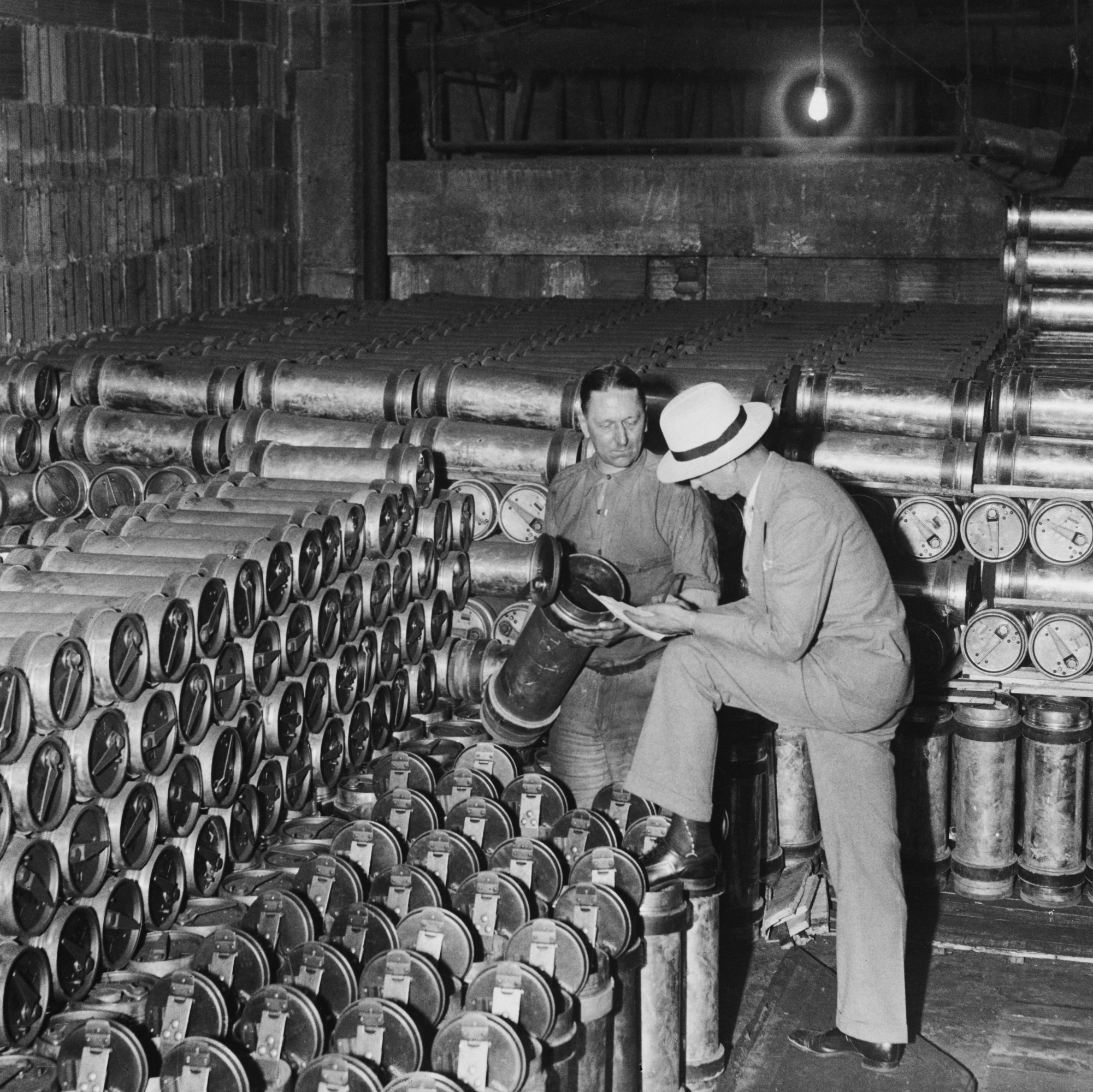
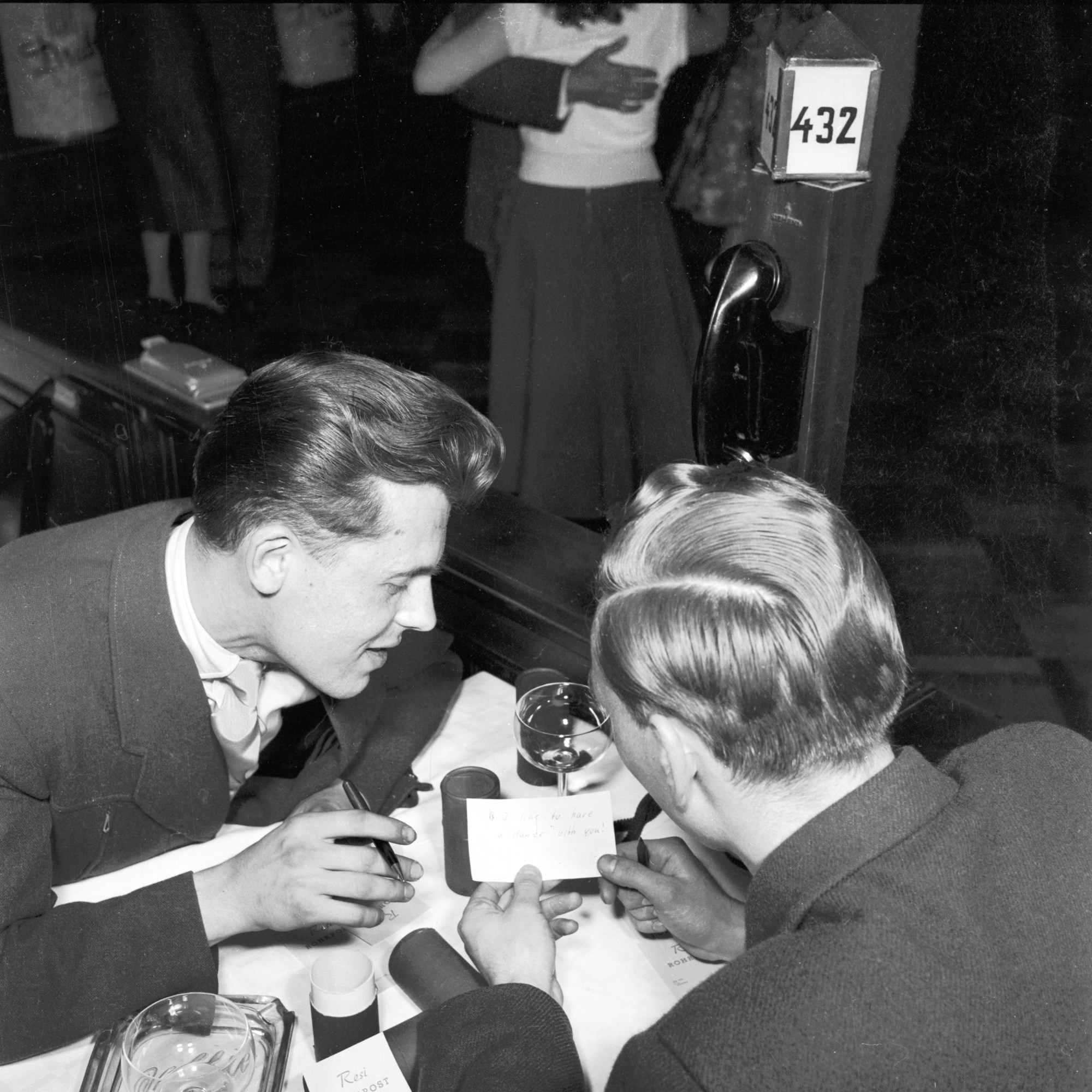
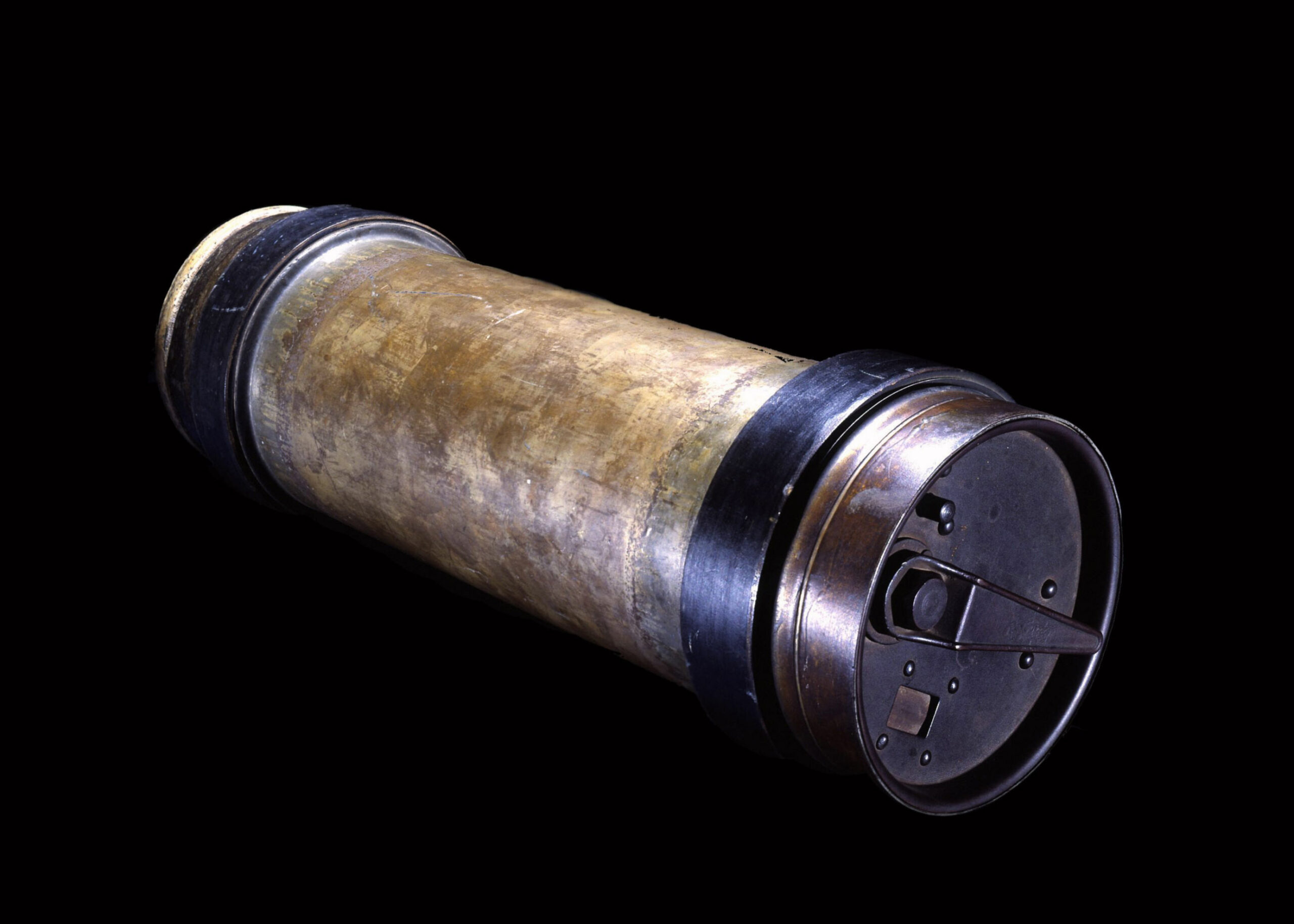

By the 1960s, pneumatic tubes were becoming standard in health care. As a hospital administrator explained in the January 1960 issue of Modern Hospital, “We are now getting eight hours’ worth of service per day from each nurse, where previously we had been getting about six hours of nursing plus two hours of errand running.”
As computers and credit cards started to become more prevalent in the 1980s, reducing paperwork significantly, the systems shifted to mostly carrying lab specimens, pharmaceuticals, and blood products. Today, lab specimens are roughly 60% of what hospital tube systems carry; pharmaceuticals account for 30%, and blood products for phlebotomy make up 5%.
The carriers or capsules, which can hold up to five pounds, move through piping six inches in diameter—just big enough to hold a 2,000-milliliter IV bag—at speeds of 18 to 24 feet per second, or roughly 12 to 16 miles per hour. The carriers are limited to those speeds to maintain specimen integrity. If blood samples move faster, for example, blood cells can be destroyed.
The pneumatic systems have also gone through major changes in structure in recent years, evolving from fixed routes to networked systems. “It’s like a train system, and you’re on one track and now you have to go to another track,” says Steve Dahl, an executive vice president at Pevco, a manufacturer of these systems.
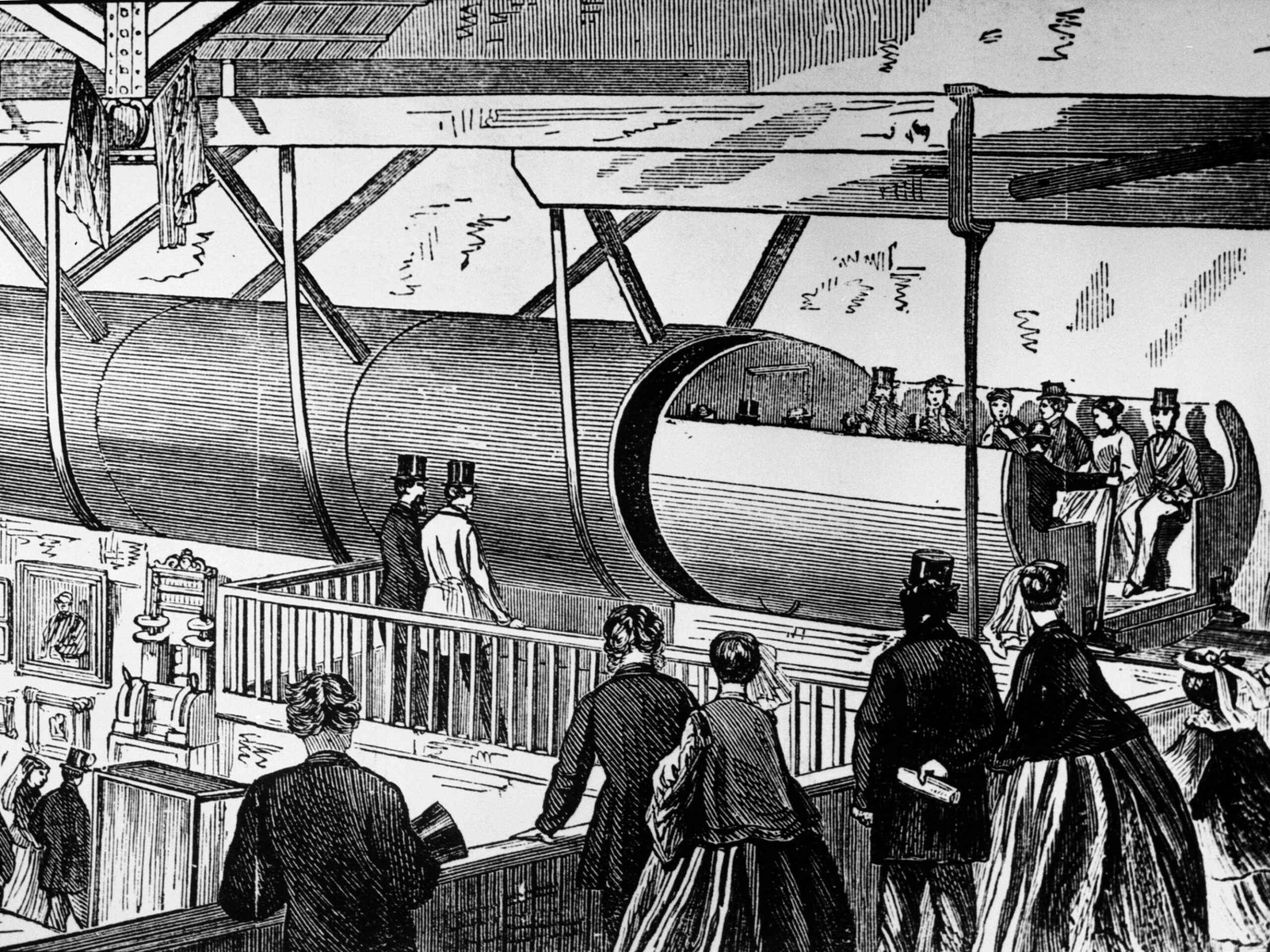
GETTY IMAGES
Manufacturers try to get involved early in the hospital design process, says Swisslog’s Kwarta, so “we can talk to the clinical users and say, ‘Hey, what kind of contents do you anticipate sending through this pneumatic tube system, based on your bed count, based on your patient census, and from where and to where do these specimens or materials need to go?’”
Penn Medicine’s University City Medical District in Philadelphia opened up the state-of-the-art Pavilion in 2021. It has three pneumatic systems: the main one is for items directly related to health care, like specimens, and two separate ones handle linen and trash. The main system runs over 12 miles of pipe and completes more than 6,000 transactions on an average day. Sending a capsule between the two farthest points of the system—a distance of multiple city blocks—takes just under five minutes. Walking that distance would take around 20 minutes, not including getting to the floor where the item needs to go.
Michigan Medicine has a system dedicated solely for use in nuclear medicine, which relies on radioactive materials for treatment. Getting the materials where they need to go is a five- to eight-minute walk—too long given their short shelf life. With the tubes, it gets there—in a lead-lined capsule—in less than a minute.
Steven Fox, who leads the electrical engineering team for the pneumatic tubes at Michigan Medicine, describes the scale of the materials his system moves in terms of African elephants, which weigh about six tons. “We try to keep [a carrier’s] load to five pounds apiece,” he says. “So we could probably transport about 30,000 pounds per day. That’s two and a half African elephants that we transport from one side of the hospital to the other every day.”
The equipment to maintain these labyrinthian highways is vast. Michigan and Penn have between 150 and 200 stations where doctors, nurses, and technicians can pick up a capsule or send one off. Keeping those systems moving also requires around 30 blowers and over 150 transfer units to shift carriers to different tube lines as needed. At Michigan Medicine, moving an item from one end of the system to another requires 20 to 25 pieces of equipment.
Before the turn of the century, triggering the blower to move a capsule from point A to point B would be accomplished by someone turning or pressing an electronic or magnetic switch. In the 2000s, technicians managed the systems on DOS; these days, the latest systems run on programs that monitor every capsule in real time and allow adjustments based on the level of traffic, the priority level of a capsule, and the demand for additional carriers. The systems run 24 hours a day, every day.
“We treat [the tube system] no different than electricity, steam, water, gas. It’s a utility,” says Frank Connelly, an assistant hospital director at Penn. “Without that, you can’t provide services to people that need it in a hospital.”
“You’re nervous—you just got blood taken,” he continues. “‘How long is it going to be before I get my results back?’ Imagine if they had to wait all that extra time because you’re not sending one person for every vial—they’re going to wait awhile until they get a basket full and then walk to the lab. Nowadays they fill up the tube and send it to the lab. And I think that helps patient care.”
Vanessa Armstrong is a freelance writer whose work has appeared in the New York Times, Atlas Obscura, Travel + Leisure, and elsewhere.


